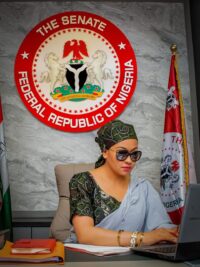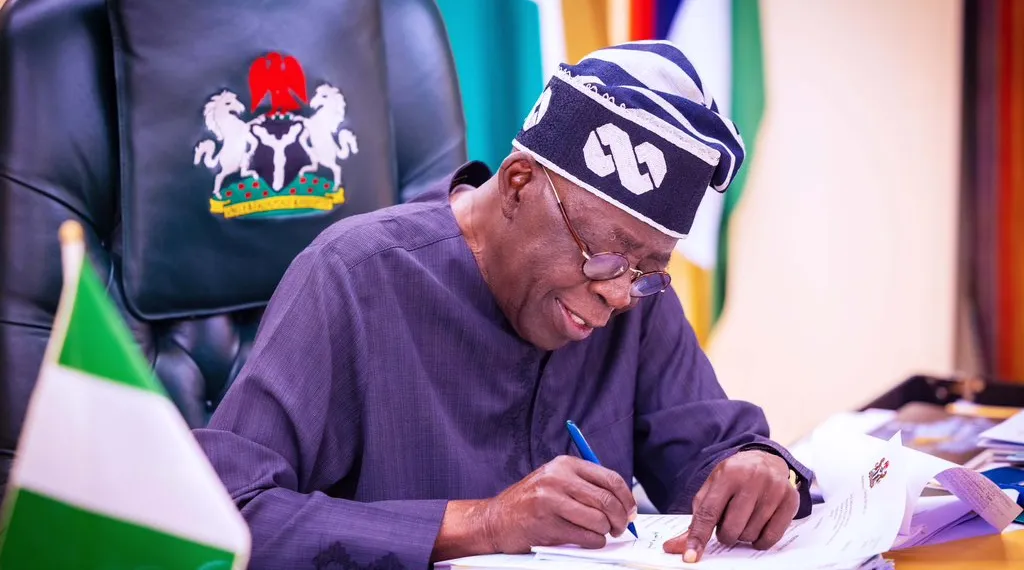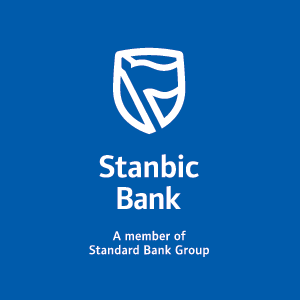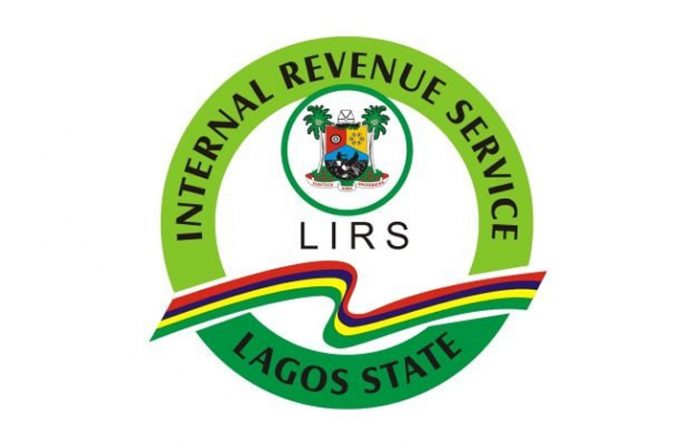May 25, 2018/S & P Global Ratings
The Stanbic IBTC group faces heightened credit risks amid Nigeria’s current slow economic recovery.
However, we think the group’s business diversification, parent support, and capitalization will support its financial performance in the next 12 months.
Therefore, we are affirming our ‘B/B’ global scale ratings and our ‘ngBBB/ngA-2’ national scale ratings on Stanbic IBTC.
The outlook on the global scale ratings is stable and reflects that on Nigeria.
On May 22, 2018, S&P Global Ratings affirmed its ‘B/B’ long- and short-term issuer credit ratings on Nigeria-based Stanbic IBTC Bank PLC. The outlook is stable.
At the same time, we affirmed our ‘ngBBB/ngA-2’ long- and short-term Nigeria national scale ratings on the bank.
Our ratings on Stanbic IBTC reflect the creditworthiness of the entire StanbicIBTC group because we consider the bank to be the core component of the group.In addition, we consider Stanbic IBTC to be strategically important to South Africa’s Standard Bank Group (SBG) Ltd. and we therefore factor in one notch of group support above Stanbic IBTC’s unsupported group credit profile (GCP), which we assess at ‘b-‘.
We believe Stanbic IBTC benefits from being strategically important to SBG; the latter could potentially provide Stanbic IBTC with extraordinary capital, risk-transfer, and liquidity support if needed. However, the ratings on Stanbic IBTC are capped by our foreign currency sovereign credit ratings on Nigeria. We do not rate Nigerian banks above the sovereign because of the likely direct and indirect influence of sovereign distress on their operations, including their ability to service foreign currency obligations.
Stanbic IBTC operates in the mid-tier of the competitive Nigerian banking sector, and its business position benefits from its affiliation to SBG, as well as its brand recognition and segment diversification. Its corporate and investment banking division accounted for 53.5% of group revenues in 2017. Its wealth management business accounted for 19% of group revenues in the same period. These two divisions were the main contributors to the group’s profitability, resulting in a strong return on equity (ROE) of 28.9% at year-end 2017. We expect future profitability to compare well to top-tier
Nigerian banks’ with an ROE at around 20%-22% over the next two years.
In contrast, Stanbic’s retail franchise profitability lags behind the other two segments owing to high impairment charges and a weak cost-to-income ratio. That said, it remains central to the bank’s long-term strategy and focuses on non-interest income as opposed to pure loan growth. It does this by offering enhanced client services via a transactional platform, which will also help attract low cost deposits.
The bank’s funding cost improved slightly to 4.0% in the first quarter of 2018 from 4.6% in 2017. This compares well to some top-tier banks’ cost of funds despite a comparatively modest retail franchise. At the same time, the Stanbic IBTC group improved its cost-to-income ratio to 49%, from 55% in 2016, which better aligns with the best-performing banks in Nigeria. We expect Stanbic IBTC to report resilient earnings in 2018 despite muted loan growth, and we estimate our risk-adjusted capital (RAC) ratio will remain broadly stable in the 5.2%-5.7% range over the next 12-18 months compared with 5.1% at year-end 2017.
We assume a convergence of the investor and exporter window rate toward the parallel rate of Nigerian naira (NGN) 360/US$1 in 2018. We also expect falling yields on Treasury bills (T-bills) to put pressure on net interest margins in 2018 as the federal government issues fewer T-Bills. The group’s strong earnings capacity will support its large capitalization buffer above its minimum regulatory capital of 10% through earnings retention.
We estimate the group’s earnings buffer to be above 100 basis points (bps) in 2018, which compares adequately with the best performing Nigerian banks. We note that in the first quarter of 2018, the group’s capital adequacy ratio (CAR) has improved despite the IFRS 9 implementation. Stanbic IBTC group’s CAR continued to improve to 25.4% compared to 23.5% reported in 2017.
The IFRS 9 adjustment was not material. In the first quarter of 2018, the group adjusted its retained earnings by NGN10,173 billion for credit impairments and NGN118 million for other classification and measurement requirements, as a result of IFRS 9 transition.
While we expect high impairment charges to somewhat weigh on the bank’s profitability, we forecast ROE to reduce from its 2017 peak to average 20%-22% over the next two years. While the group managed to record NGN1 billion in loan recoveries in Q1 2018, we still expect cost of risk to remain high, between 4.5%-5.0% in the next 12-18 months.
We anticipate nonperforming loans (NPLs) will average 8% in 2018-2019. Our elevated projections are a consequence of high singleobligor concentration. The top-20 loans accounted for 48% of total loans at year-end 2017 while the top-20 NPLs represented over 74% of the bank’s total NPLs at the same date. Positively, the bank maintains good loan loss reserve coverage of NPLs, which should remain at about 100% in the next 12-18 months. This, combined with strong earnings capacity, mitigates our view of weaker asset quality indicators compared with peers.
The bank’s funding structure has improved over time and mostly relies on customer deposits. We think Stanbic IBTC also benefits from its brand reputation and the expertise available within the broader SBG to drive its corporate and investment banking relationships. The group maintains a liquid balance sheet. It has proactively managed its foreign currency balance sheet and has access to parent support in case of need. The group reported a net stable funding ratio of 189% at year-end 2017 and exhibits one of the lowest levels of loan leverage among top peers in Nigeria. Broad liquid assets covered short-term wholesale funding about 5x at the same date.
The stable outlook on Stanbic IBTC reflects that on Nigeria. It also reflects our expectation of group support over the next 12 months.
We would lower the rating if we lowered the rating on Nigeria or if we observed a significantly lower likelihood of extraordinary support from the parent, SBG.
An upgrade would be conditional on a similar rating action on the sovereign, all other factors remaining unchanged. This could happen if we see higher economic growth prospects, marked improvements in external accounts, and an easing of foreign exchange controls that enhances monetary flexibility.













